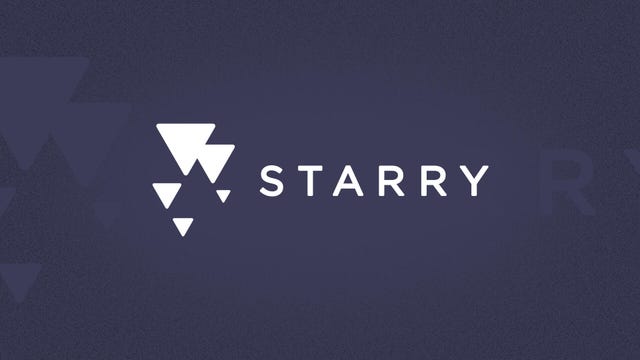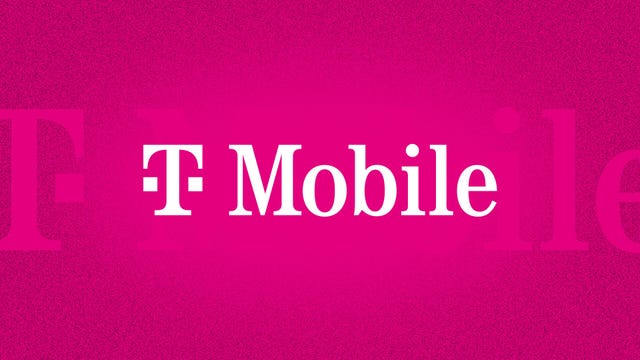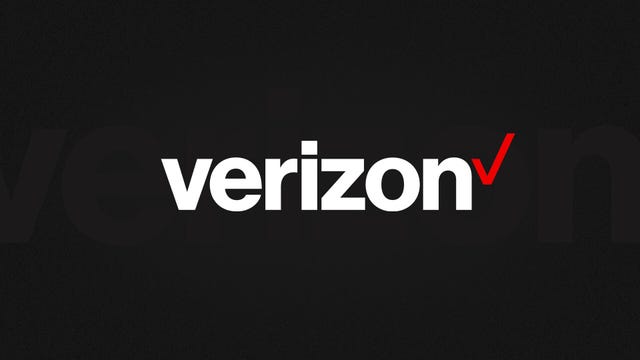Are you tired of being tied to internet service providers with cumbersome contracts, slow speeds, restrictive terms and rising fees? You’re not alone. A 2023 customer survey tagged ISPs as the country’s second-lowest-rated industry. Yes, internet providers are even lower than airlines, social media, health insurance companies and the US Postal Service. The Federal Communications Commission seems to agree and recently enacted new broadband nutrition labels to help consumers better decipher all those ISP hidden fees. Even so, all too often, we feel we have hardly any options. Could 5G be the answer?
The technology powering the latest phones also wants to tackle our household broadband needs. A solid home internet connection is vital, whether you’re working from home or decompressing with the latest video games. The earliest 5G home internet plans, available from names like Starry, Verizon and T-Mobile, offer respectable speeds at a straightforward price — but availability is limited to select cities and regions. CNET has reviewed all the major 5G services and we’ve got the details on how they work, how fast 5G gets, what it costs and where it’s available.
So, what is 5G home internet?
Simply put, 5G stands for the fifth generation. The fifth generation of what? The fifth generation of wireless data networks. You’re probably most familiar with hearing 5G used to describe better mobile communications and speedier phones. You’re not wrong: 5G networks, which use different radio frequencies than previous generations, aim to provide faster data speeds with much less lag or delay than we had with 4G.
My CNET colleague Eli Blumenthal does a great job of breaking down the basics of 5G. Millimeter-wave technology uses higher frequencies than previous generations, providing faster speeds and connections. Those higher, gigabit speeds come with a price: the data doesn’t travel the same distance as 4G and has more trouble with obstructions. To combat that, midband technology, which offers speeds averaging between 300 and 400 megabits per second, increases the coverage area provided by millimeter-wave. Finally, low-band 5G offers a range similar to 4G but speeds between 100 and 200Mbps.
Is 5G home internet the same as 5GHz?
No, it’s not the same. One common mistake is to see the « 5GHz » setting on your Wi-Fi router and assume you have access to 5G. Wi-Fi routers also use short-range radio frequencies (typically either 2.4GHz or 5GHz) — to transmit your internet signal to connected devices within your home. 5GHz might be one of the band options for your home’s Wi-Fi system, but it’s not the same as 5G, which is a cellular technology that uses higher-frequency waves.

Cable, DSL and fiber internet plans require wires connecting your home to the provider’s grid. Fixed wireless services, like 5G, connect your home to a provider’s network over the air.
How is 5G home internet different?
Most ISPs deliver internet service via phone lines or cables connecting your home to a more extensive network. That includes common internet connection types like digital subscriber lines, coaxial cable and fiber-optic internet. Those are all wired connections from your provider to your home.
5G home internet, on the other hand, is a fixed wireless internet service, which means that the connection between your provider and your home is not wired. With 5G, you will need an indoor or outdoor 5G receiver at your house to pick up the signal. It’s similar to satellite internet, but instead of beaming in a signal from satellites you see orbiting in the night sky, it’s relaying information from a much closer wireless hub. Although you’re using the same 5G network as your mobile phone, the gateway is specific to your location and cannot be used elsewhere.
What providers offer 5G home internet?
5G is still being deployed across the country. For that reason, the number of providers currently offering any 5G home internet plan is relatively limited. For example, AT&T provides a 5G mobile service, but its fixed wireless solution did not utilize its 5G network. That dynamic changed midway through 2023 when AT&T announced its AT&T Internet Air would begin utilizing it in 16 markets across the US. As of late January 2024, AT&T Internet Air is now available in 59 locations across the country.
Right now, your main options for 5G home internet are Starry, T-Mobile and Verizon. All prices listed on this page reflect available discounts for setting up paperless billing. If you decide not to go with automatic monthly payments, your monthly bill will be higher. Now, let’s explore what each offers.

Price range $30 – $80 per monthSpeed range 50 – 1,000MbpsConnection Fixed wirelessKey Info Unlimited data, no contracts, no equipment fees, simple setup
Starry started in 2016 but does not lean into the 5G connection. It does not use 5G NR radio technology, which is a focus of mobile providers. Still, it does use millimeter-wave technology as a critical aspect of delivering fixed wireless home internet to customers. « We operate in 24GHz and 37GHz spectrum bands, and our network technology is the same across all our markets, » a Starry spokesperson said.
The monthly price includes unlimited data, free equipment and installation, and no contracts. It’s also the only 5G home internet provider listed here that features symmetrical or near-symmetrical download and upload speeds, similar to what you’d find with a fiber internet service.
Lastly, Starry also offers a « 30-Day Happy Interneting Guarantee » with a full refund if you aren’t satisfied with the service and cancel within the first 30 days.
It should be noted that Starry exited Chapter 11 in August of 2023, so it halted plans to expand to new cities. It will focus on its five existing markets: Boston, Denver, Los Angeles, New York and Washington, DC.












